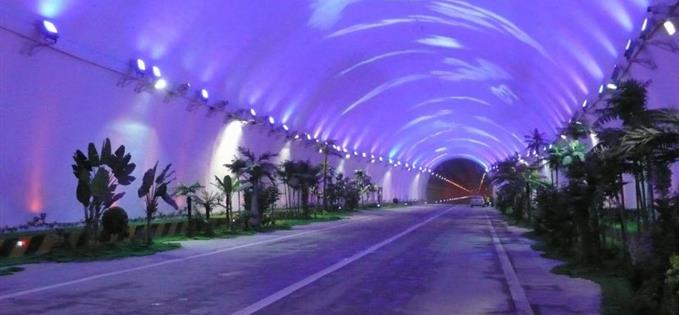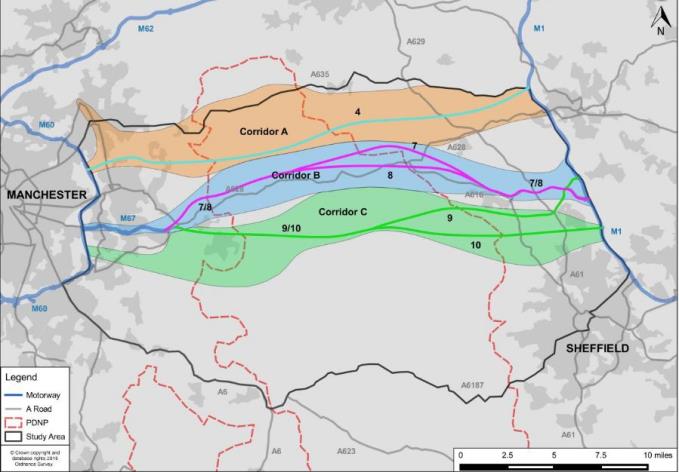WHERE to dig it. Which way to go. How to pay for it. Some of the many challenges facing the government as it debates whether to construct Britain’s longest road tunnel between Manchester and Sheffield.
The tunnel uses a combination of fake clouds, artificial vegetation and light patterns to keep drivers alert and stable
Oh, and how to stop drivers throwing wobblers.
The issue of driver's mental well-being along up to eighteen miles of proposed tunnel has become a major consideration for the Department for Transport.
So much so that ministers are looking to a recent Scandinavian study which found that the use of ‘colours, lighting and patterns… help to mitigate the effects of claustrophobia, disorientation and tiredness’ during tunnel driving.
Authors of a new 115-page Trans-Pennine Tunnel report released this week discuss methods used within the world’s two longest road tunnels - the Lærdal Tunnel in Norway (15.2 miles) and the Zhongnanshan Tunnel in China (11.2 miles) - which both use a range of unusual techniques to keep drivers from going potty or nodding off.
 The Zhongnanshan Tunnel features fake clouds, trees and grass
The Zhongnanshan Tunnel features fake clouds, trees and grass
In Norway, the Lærdal Tunnel in Sogn og Fjordane (which takes roughly 22 minutes to drive through) uses light patterns in large caverns at every 6km interval to break the monotony and provide respite. These mountain caves use a combination of blue and yellow light, to give the ‘illusion of driving into daylight’, whilst golden light beamed onto the road mimics sunrise.
As is often the case, the Chinese have taken it one step further. The Zhongnanshan Tunnel within the Zhongnan mountain uses a combination of fake clouds, artificial vegetation and light patterns to keep drivers alert and stable.
The government report goes on to state that the use of caverns within the Manchester-Sheffield tunnel could initially be used to store machinery, then ‘as areas for breaking up journeys once the tunnel is open’. Though the authors admit that further work is needed to ‘understand driver behaviour’ which may include the development of driving simulators.
Earlier this week the Department for Transport unveiled a shortlist of five potential routes for the Trans-Pennine road tunnel in what ministers are calling the UK’s ‘most ambitious project since the construction of the first motorways’.
The final stages of the study is due to be completed by the end of the year.
 The tunnel's five potential routes
The tunnel's five potential routes
 Powered by Wakelet
Powered by Wakelet















